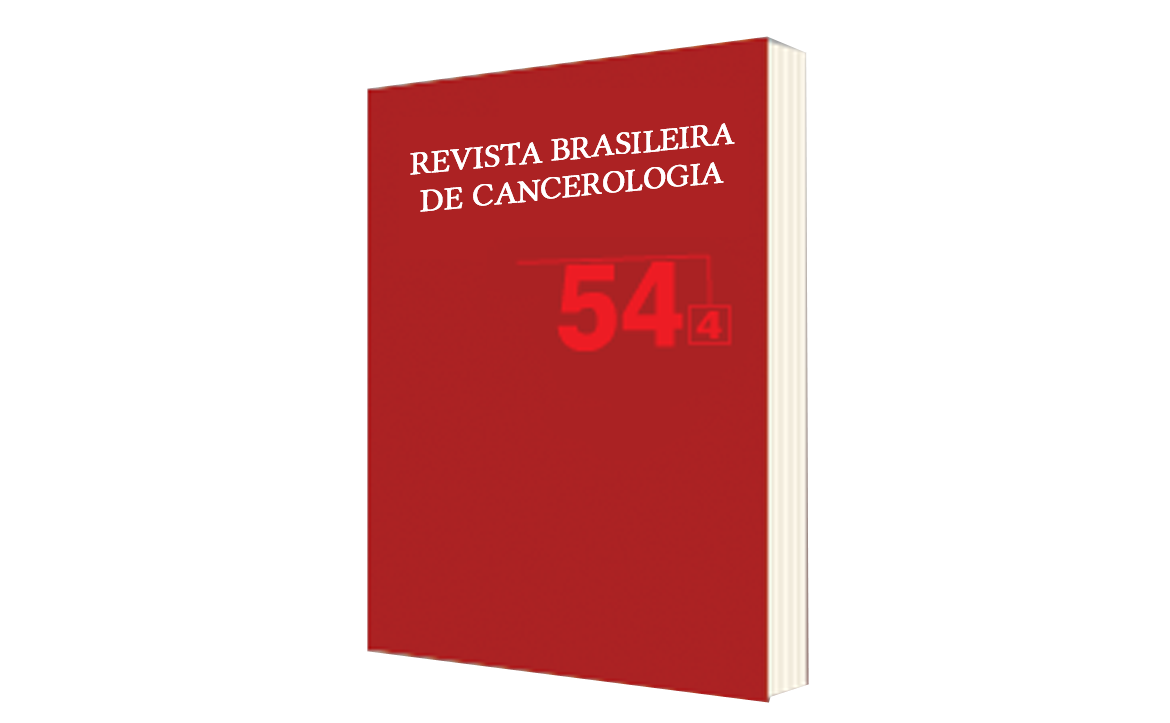The Diagnosis of Invasive Cervical Cancer in a Brazilian Reference Center: Temporal Tendency and Potentially Related Factors
DOI:
https://doi.org/10.32635/2176-9745.RBC.2008v54n4.1686Keywords:
Uterine cervical neoplasms, Epidemiology, Cervix neoplasms prevention, Time series studiesAbstract
Cervical cancer is one of the most common cancer problems in the world and also in Brazil. This article reports on a retrospective analysis of a cohort formed by 4.877 women with a diagnosis of cervical cancer, and treated at Brazil's National Cancer Institute between 1999 and 2004. The primary objective of the study was to evaluate the clinical and epidemiological variables found in the hospital's registry and to examine temporal trends involving the invasive cases. A total of 4.877 cases were found. White women were predominant in comparison to nonwhite (74.5% vs 69.4%, p<0.001). In relation to school level, the proportion of women with in situ diagnosis was higher for those with higher school level (15.9 vs 9.5%, p<0.001). About 72.1% of the cases were invasive and the majority was stage II or III (68.4%). Epidermoid carcinoma was the most common invasive histologic type (84.5%), followed by adenocarcinoma (12%). During this period there was a modest increase in the proportion of invasive cases (OR 1.15 - p<0.001). However, this finding should be interpreted with caution, since the hospital has been given priority to tertiary care.









